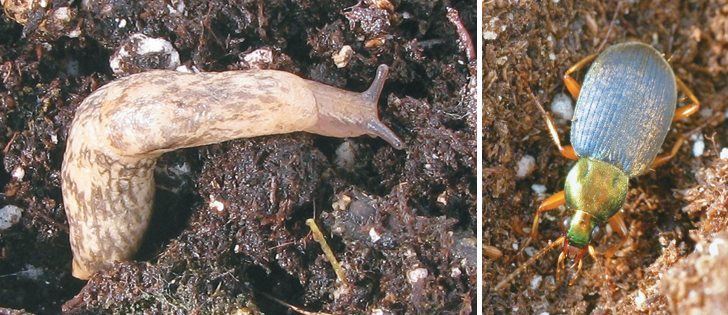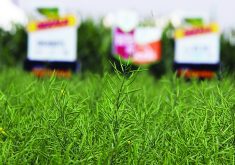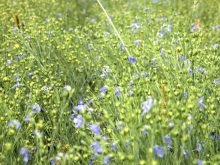American researcher says neonicotinoids aren’t an answer to every insect problem
RIDGETOWN, Ont. — The neonicotinoid interaction between soybeans, slugs and predatory ground beetles provides an argument for integrated pest management, says a Penn State researcher.
“I didn’t come here to bang on neonicotinoids. I came here to talk about pesticides in general,” John Tooker told the recent Southwest Agricultural Conference in Ridgetown.
“There can be unintended consequences. If they’re not used thoughtfully, they can cause problems.”
North America neonicotinoids are used in North America as a kind of insurance policy against crop pests.
Read Also

Chinese, Indian tariffs take toll on pea prices
The disruption of pea exports from Canada’s largest customers will likely result in slow pea exports for the remainder of the crop year.
In contrast, integrated pest management (IPM) relies on a combination of techniques. Pesticides are used only when monitoring demonstrates that they are needed.
“I’m not advocating for no insecticides. I’m advocating for IPM,” Tooker said.
The entomologist was involved in a study published late last year in the Journal of Applied Ecology, which investigated neonicotinoids and the soybean-slug-ground beetle dynamic.
The research, carried out in the laboratory and in large field plots, showed that the common grey slug, which is a major crop pest in soybeans, is unaffected by thiamethoxam, the most popular, seed-coat insecticide for soybeans in the United States. Worse, the insecticides accumulated in the bodies of the slugs to the point that they became toxic to Chlaenius tricolour, a species of ground beetle that attacks them.
The field trial found that rather than providing a yield benefit, seed-coat neonicotinoids in no-till, slug-prone fields actually reduced yields.
The insecticide depressed the activity of insect predators, which in turn relaxed their predation of slugs. Soybean densities were reduced by 19 percent and crop yield by five percent.
“In most cropping systems, neonicotinoid seed treatments are being used outside of an IPM framework and, as we show here, this indiscriminant use can have unintended consequences, with measurable costs for farmers,” the study said.
The study may be the first to show that a natural insect predator can be exposed to neonicotinoids through their prey.
A study published by Michael Seagraves of the University of Kentucky and U.S. Department of Agriculture researcher Jonathan Lundgren in 2012 found a direct negative impact on an omnivorous predatory insect: the minute pirate bug.
Tooker showed videos of ground beetles exposed and not exposed to a neonicotinoid. A non-exposed beetle demonstrated its speedy behaviour and voracious appetite for slugs, while an exposed beetle lay on its back, legs twitching.
Exposure to the neonicotinoids killed some of the ground beetles. Others eventually recovered but were incapacitated for three or four days.
Tooker described another situation in which the use of pesticides can backfire.
Farmers in Pennsylvania often control potato leaf hoppers in alfalfa with regular insecticide spray treatments. Unfortunately, the regimen can also reduce the population of lady beetles, which control another pest, the cowpea aphid.
Tooker said integrated pest management, a broader crop rotation and maintaining living plants on the soil year-round can encourage the presence of farmer-friendly insects.
“If you put the cover crops in there, that’s providing habitat and it’s also driving the food web for a higher population of predators,” he said.
Tooker cited the work of Lucas Criswell, a farmer from Lewisburg, Pennsylvania, who plants corn into strips of rye as a way to control slugs.
The young corn stalks are largely unaffected because the slugs prefer rye over corn. As well, populations of predatory ground beetles tend to be higher when rye is present.
Criswell establishes his rye in the fall and corn is planted in spring. The rye is killed with an herbicide three to seven days after the corn is seeded. Even when dead, the rye still serves as a diversion for the slugs.
“If you’re going to try this, do an acre before you do 100 acres,” Tooker said.
The farm equipment sector has got on board by providing planter modifications to make the Criswell system practical, Tooker said.
The neonicotinoid study, Neonicotinoid insecticide travels through a soil food chain, is available online.















